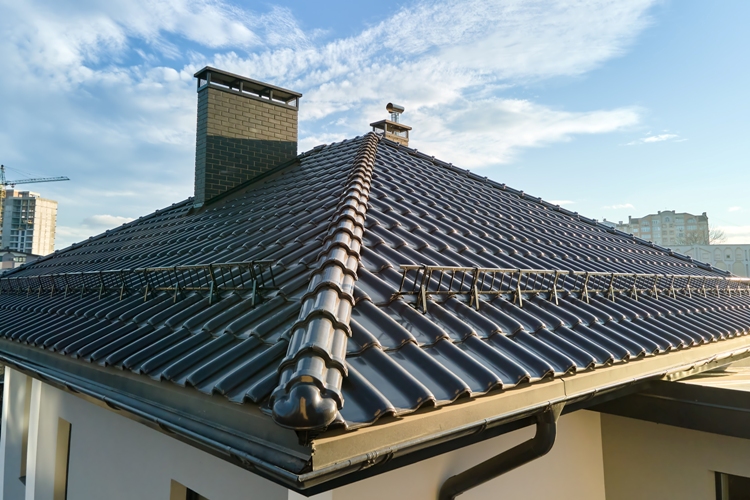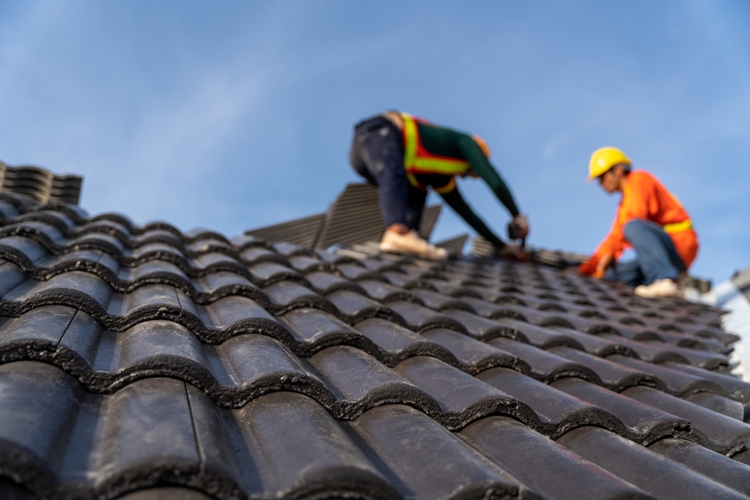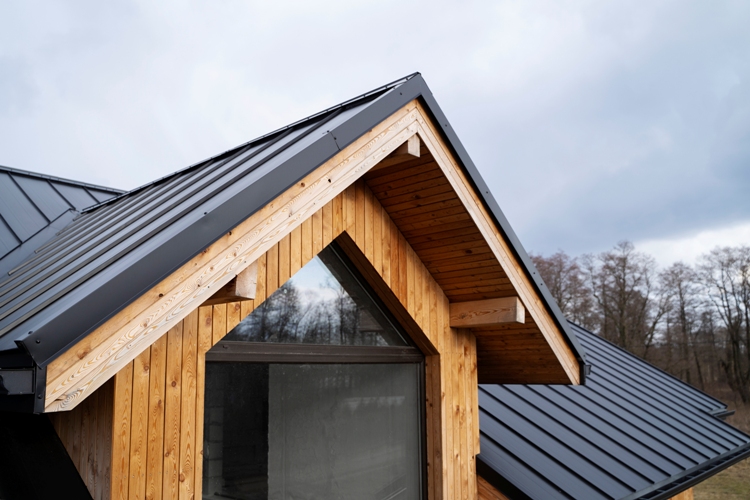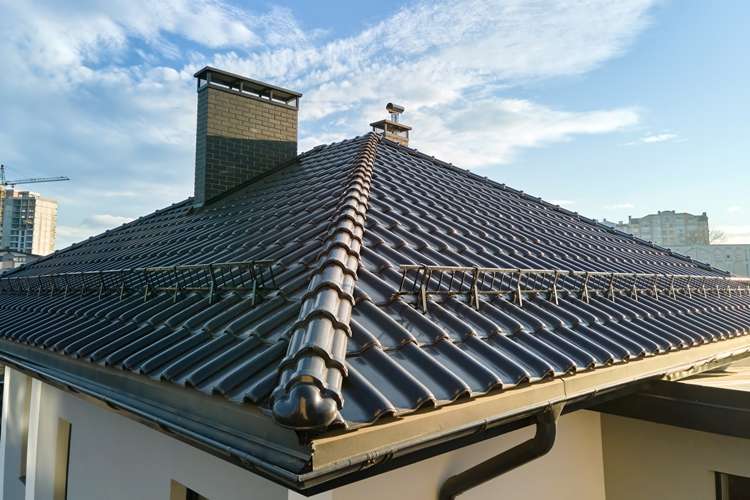For regions prone to earthquakes, building materials must be chosen carefully. Structural integrity, weight, flexibility, and energy absorption are key factors in designing buildings that can withstand seismic activity. Among the many roofing solutions available today, sandwich roofing panels combined with steel roofing battens have emerged as an efficient option for seismic zones.
These panels are not only lightweight and strong but also engineered to perform under dynamic stress. In this article, we explore how these panels ensure safer construction in earthquake-prone areas.

Understanding the Structure of Sandwich Roofing Panels:
Sandwich panels are composite materials composed of three layers: two outer skins and a core material sandwiched between them. The outer layers are typically made of metal sheets such as galvanized steel or Aluminum, while the core can be made of polyurethane foam, mineral wool, or polystyrene.
This layered structure gives the panels their name and their unique mechanical properties. The combination of tough skins and a lightweight core results in a product that is strong and flexible. These qualities are essential in seismic zones.
Why Does Lightweight Roofing Matter in Seismic Zones?
One of the most important factors in earthquake-resistant construction is the weight of the building materials. Heavier materials increase the seismic load, which can result in greater damage during an earthquake.
Sandwich roofing panels are lighter than traditional roofing systems such as concrete or clay tiles. This reduced weight reduces the overall mass of the building, which reduces the force exerted during seismic events.
Benefits of Lightweight Roofing in Seismic Zones:
1. Reduces structural stress during ground movement
2. Minimizes risk of roof collapse
3. Allows for faster and safer evacuation
4. Simplifies retrofitting and upgrades
By choosing lightweight materials like sandwich roofing panels, builders can enhance the safety and resilience of structures in earthquake-prone areas.
Flexibility and Energy Absorption During Seismic Activity:
During an earthquake, lateral and vertical forces cause buildings to sway and shift. Materials that are too rigid may crack or fail under such stress. Sandwich panels, however, offer a degree of flexibility that allows them to absorb and distribute energy more effectively.
The core material in these panels acts as a cushion, absorbing shock and reducing the transmission of vibrations through the roof structure. This energy absorption helps prevent structural damage and protects the integrity of the building envelope.
How Sandwich Roofing Panels Respond to Seismic Forces:
1. Flexibility under pressure without breaking
2. Distribute stress across the panel surface
3. Maintain insulation and waterproofing during movement
4. Reduce secondary damage from falling debris
This combination of strength and flexibility makes these panels a smart choice for buildings in seismic zones.
Structural Reinforcement and Anchoring Systems:
While the panels are designed to perform well under stress, their effectiveness depends on how they are installed. In seismic zones, proper anchoring and reinforcement are crucial to ensure that roofing systems remain intact during an earthquake.
Sandwich roofing panels can be installed with specialized fasteners and support systems that improve their seismic performance. These include flexible joints, reinforced brackets, and vibration-dampening mounts that allow the panels to move slightly without detaching or cracking.
Key Installation Features for Seismic Safety:
1. Secure anchoring to load-bearing structures
2. Use of flexible connectors to absorb movement
3. Integration with seismic-resistant framing systems
4. Compliance with local building codes and standards
When installed correctly, these panels ensure a building’s overall seismic resilience.
Thermal and Acoustic Benefits in Post-Quake Scenarios:
Beyond structural safety, these panels offer additional benefits that become valuable after an earthquake. Their thermal insulation properties help maintain indoor temperatures when power systems are disrupted. Also, their acoustic insulation can reduce noise from emergency operations or aftershocks.
Post-Earthquake Advantages:
1. Maintain comfortable indoor conditions without HVAC
2. Reduce noise pollution in emergency shelters
3. Prevent water entry during aftershocks or storms
4. Support rapid recovery and continued occupancy
These features make sandwich panels not only a protective element but also a practical solution for disaster preparation and recovery.
Final Thoughts:
Earthquakes pose serious risks to buildings and their occupants. Choosing the right roofing system can make a huge difference in how a structure performs during and after a seismic event. With their lightweight design, energy-absorbing core, and flexible installation options, sandwich roofing panels provide an effective solution for seismic safety.
Recent Posts

-
August 23, 2025
Sandwich Roofing Panels vs. Traditional Roofing: Which Is Best for Heatwaves and Bushfire Protection?
Read More 
-
August 18, 2025
Roof Battens Steel and Cyclone-Ready Roofing: How to Prepare for Extreme Weather in 2025?
Read More 
-
August 13, 2025
Why Insulated Roofing Panels are Becoming Ideal for Australian Homes in 2025?
Read More
Categories
- metal fascia for modern roof 1
- Uncategorized 8
- cladding building materials 2
- top hat roofing 2
- metal roofing suppliers 5
- gutter and fascia replacement 3
- metal roof batten 12
- top hat battens 1
- metal fascia 2
- steel roof batten 32
- roof battens and purlins 7
- insulated roofing panels 20
- sandwich roofing panels 13
- roofers bracket 3
- gutter accessories suppliers 6
- metal ceiling battens 4

